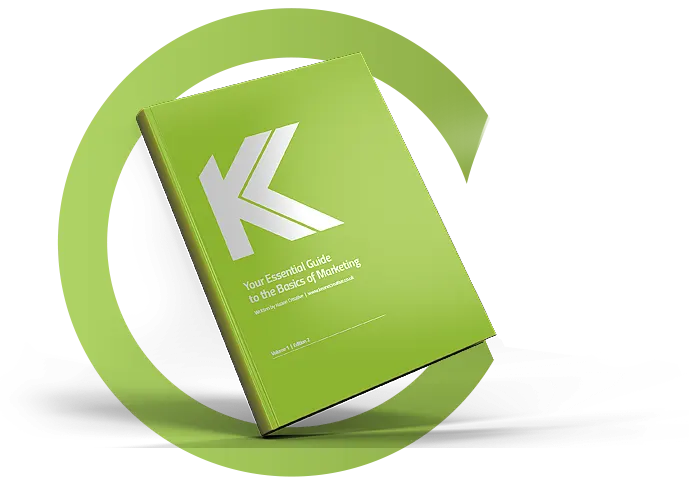When using your social media, how many time have you seen ‘This post is performing better than 75% of the posts on your page, boost it now’ or ‘Sponsor Now!’ encouraging you to pay to boost your post?
If you’ve seen the Netflix series ‘The Social Dilemma’, you’ll know that this is all to drag you in to the ad space and ultimately to make money for the social networks that you’re using.
In fairness, the fact of the matter is, if you boost or sponsor your post on any of the social network. your post is likely to reach a large amount of people and depending on your post, it can be worth it!
When choosing organic or paid we first need to understand what we mean by organic & paid:
Organic – A post on your page, posted only to your followers & those who have liked your page.
Paid – A post/ad, which is paid for & has the potential to reach any user on any of the social networks, depending on targeting.
So the question is, what are you looking to achieve with your post?
If you’re looking to share an update about your team , a special offer for those who’ve liked your page, or something intended only for your followers then an organic post is absolutely ideal!
However, if you’re looking to increase awareness, achieve leads or increase your sales, then a paid post might be what you’re looking for. 9 times out of 10 I’d advise to create an ad rather than just promoting your organic post as this gives you more control over your ads, and allows for quicker, longer-term expansion.
Here’s a look at how to get the most out of your ad:
AUDIENCE
Whether it's sales or leads, awareness or app installs, there's always a suitable audience to target. Take time to identify your target audience, find a relevant audience on your social network, build a ‘lookalike’ audience from current customer data and get your demographics right.
BUDGET
Consider whether you will get Return On Investment based on your objectives and then apply your budget accordingly. Even if you have £2 a day for a month, it’s worth setting up your ad account and optimising to get the most out of it. If it’s a one-off £10 budget then promoting/boosting your post might be better.
TIME
The default setting for most ads on most networks is always-on, however, you can change this on most of the networks (although, LinkedIn doesn’t give us this luxury). Start by running your ads all days and all hours, then analyse, see when your conversions happened and optimise accordingly from that.
PLATFORM & PLACEMENT
Arguably the most important decision in your ads is deciding a platform. This is where knowing your audience becomes key; it’s important to know where they spend their ‘digital time’ and where they’re most likely to engage with you. Most platforms then give you even more control allowing you to decide where specifically on that platform or network you want your ads to be shown
KPI'S
Running a business, you’re going to have KPI's in place for anything you’re doing, whether it be revenue, ROAS or lead volume. Make sure you know your KPI’s and set realistic and measurable targets. All of the major social media channels have a ‘reporting’ feature, make use of it and measure how your ads are performing. If they’re not delivering what you’d hoped, change the plan.
THE VISUAL ELEMENT
Once you’ve got all of your settings and audiences in place, you need to consider the visual element. An effective photo/video can be the difference between a sale or a scroll by. It’s also important to test different ‘visuals’ regularly.
So, to summarise, if you’ve got a message, special offer or a new product that you want to spread far and wide, an ad is for you! If you’re sharing a closing time alteration or a new member of staff who’s joined your team, stick with organic and save the budget for those bigger messages.
Still not sure which is best for your business? Get in touch with our team here.









